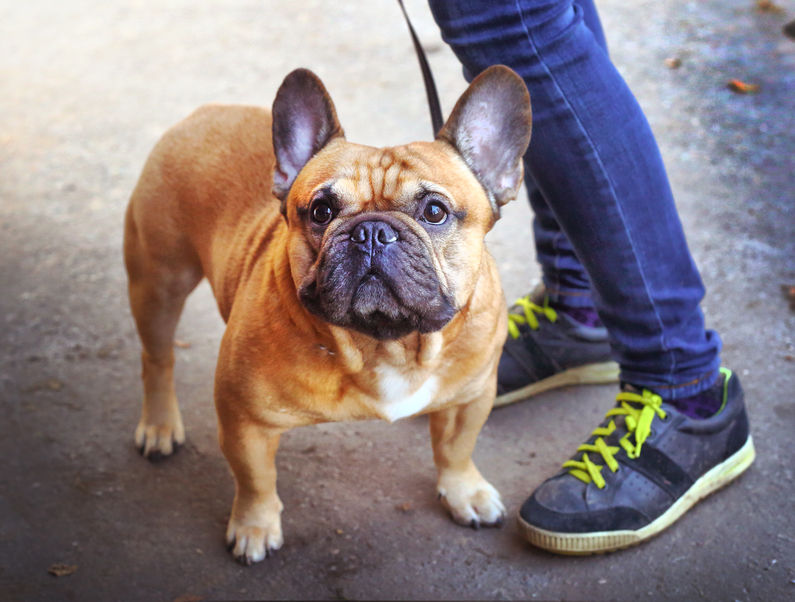The Smart Girl’s Guide to Providing for the Needs of a Puppy or Kitten
Those of us who spend any significant amount of time online know the evils that come with the social media obsessed world we live in. Fortunately, there is a shining light amidst all the cyberbullying and heated debates regarding the election. Among the internet drudgery, there is a saving grace, a beacon of hope, which comes in the form of videos of adorable puppies and kittens. These videos, which feature our canine and feline friends doing everything from saving their owners in medical emergencies to simply yawning, can inspire even the most stoic of us to want to run out to our nearest humane society and adopt a furry friend. The impulse is hard to resist, and a dog or cat can be the perfect new member of a family, but there are other factors to consider, including the cost of responsibly owning a pet.
Initial Cost for Cuteness
It’s important to know what a new pet will cost before you adopt one. Your new four-legged friend has needs and wants just like you do, so it is vital to ensure you can actually afford to own a pet. Start by researching the cost of owning your preferred pet (check online sites like Costhelper) , then start setting aside some cash in a “pet fund” so you are prepared when you decide it’s time to take on your new dog or cat.
It’s also important to remember that the first year of pet ownership can be the most expensive, especially if you are adopting a very young puppy or kitten. Often, you are responsible for their initial vaccinations, which can cost $75-100 for a puppy or $50-$100 for a kitten. Many rescue agencies require you to sign a contract stating you will spay or neuter your new pet, which can cost hundreds of dollars as well. Additionally, the cost of new bowls, leashes, collars, and toys can add up, making pet adoption a costly initial investment.
Keep the (Yarn) Ball Rolling
After you have paid for the initial vet visits and purchased the toys and things necessary to make your pet feel at home, you should continue adding to your pet fund so that you have money on hand in case of a medical emergency. The younger your new fur baby is, the more likely it is to ingest something harmful (like socks, for instance—I speak from experience on that one) or chew on something it shouldn’t, which can cause serious health issues if it isn’t taken care of. These unexpected situations can result in expensive vet bills. If you already have a pet fund in place, you won’t have to worry about doing whatever it takes to get your pet back to health if and when necessary.
Although pet insurance is becoming a more frequent topic of discussion, there is no conclusive evidence that it is a worthwhile purchase. Some people believe that pet owners will spend more over time on premiums than they would on actual vet bills, and that if something truly catastrophic happens, the fine print on the plan will prevent the insurance company from being responsible for the majority of the bill.
Setting aside money in your monthly budget for pet emergencies may be the best way to ensure you are able to pay for a medical emergency, should one occur.
An Ounce of Prevention is Worth a Pound of Cure
The monthly costs of taking care of your dog or cat can add up quickly, but being proactive can save you money in the long run. For example, investing in monthly flee/tick and heartworm prevention can add up to about $60-$180 annually, but it’s much less expensive than the $400-$1,000 cost for the treatment of heartworms.
Buying high-quality food for your pet, brushing its teeth regularly, and making grooming appointments a part of your routine may seem like costly tasks in the moment, but the more you invest in taking good care of your pets, the more you will save on vet bills later.
Pet ownership is a commitment of both time and money, but the rewards of having a furry friend for years to come more than make up for the expense.
14 Interviewer Interview Prep
Interviewer Interview Prep Impactful Mentees
Impactful Mentees Benefits of a Mentor
Benefits of a Mentor Advice for First-Time Managers
Advice for First-Time Managers Overcoming the 18-month Itch
Overcoming the 18-month Itch Dressing for Your Style
Dressing for Your Style Interview Style Tips
Interview Style Tips Women's Stocking Stuffers
Women's Stocking Stuffers Gift the Busy Traveler
Gift the Busy Traveler Father’s Day Gift Guide
Father’s Day Gift Guide Airport Layover Activities
Airport Layover Activities Traveling & Eating Healthy
Traveling & Eating Healthy Travel Like a Boss Lady
Travel Like a Boss Lady The Dual California Life
The Dual California Life Gifts for Thanksgiving
Gifts for Thanksgiving Summer Reading List
Summer Reading List Top Leisurely Reads
Top Leisurely Reads New Year, New Books
New Year, New Books Life Lessons from a Sitcom
Life Lessons from a Sitcom Oprah, Amy or Amal?
Oprah, Amy or Amal?






